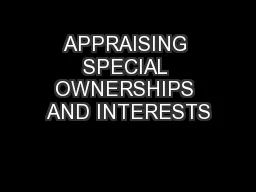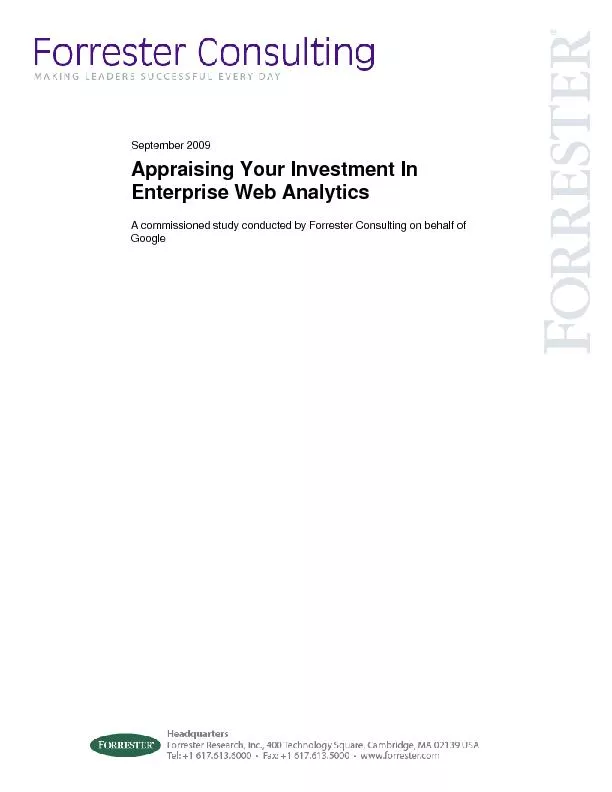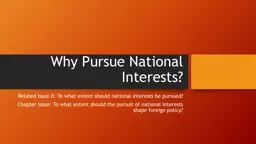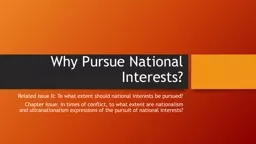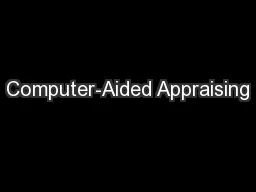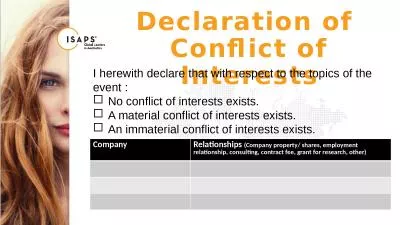PPT-APPRAISING SPECIAL OWNERSHIPS AND INTERESTS
Author : mitsue-stanley | Published Date : 2016-05-22
Chapter 17 Airspace condominium Attached housing Compensable damage Condemnation Condemnee Condemnor Conditions Covenants and Restrictions CCampRs Condominium Cooperative
Presentation Embed Code
Download Presentation
Download Presentation The PPT/PDF document "APPRAISING SPECIAL OWNERSHIPS AND INTERE..." is the property of its rightful owner. Permission is granted to download and print the materials on this website for personal, non-commercial use only, and to display it on your personal computer provided you do not modify the materials and that you retain all copyright notices contained in the materials. By downloading content from our website, you accept the terms of this agreement.
APPRAISING SPECIAL OWNERSHIPS AND INTERESTS: Transcript
Download Rules Of Document
"APPRAISING SPECIAL OWNERSHIPS AND INTERESTS"The content belongs to its owner. You may download and print it for personal use, without modification, and keep all copyright notices. By downloading, you agree to these terms.
Related Documents

